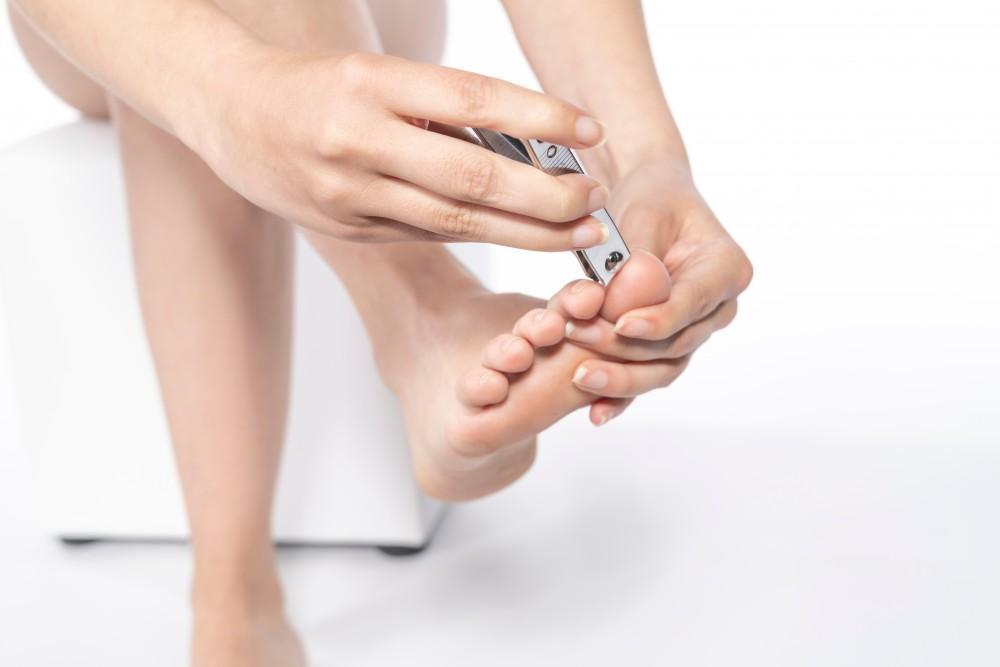
Why Diabetics Are More Susceptible to Foot Problems

Diabetes is one of the most common chronic diseases in the United States. It’s closely associated with other chronic conditions such as heart disease, and if you have diabetes, you’re much more likely to develop another condition or to experience complications such as vision loss or even amputation.
But you can mitigate some of your risks through lifestyle changes and by having appropriate screenings.
Dr. Joseph DiMenna and Dr. Joseph Bakanas and our staff at Family Foot and Ankle Center of South Jersey are here to help you enjoy healthy, functioning feet for as long as you can by providing proactive, regular diabetic foot care.
The diabetes-foot health connection
It’s helpful to understand how diabetes affects your feet. Three factors come into play:
- Blood flow or circulation
- Nerve damage
- Slow healing
Each of these factors is related to your diabetes and each can negatively affect your feet.
Under ideal conditions, when you cut or bruise your foot, your body responds immediately. Your blood delivers extra oxygen and nutrients to speed healing, for example.
But diabetes can damage your blood vessels and affect your circulation.
One common problem diabetics have is peripheral artery disease (PAD), which reduces the blood flow to your ankles and feet. Less blood flow means that when you have even a small wound, the extra oxygen and nutrients necessary for healing don’t arrive quickly.
Along with a slower healing process due to damaged blood vessels, diabetes can also damage your nerves. You may not even notice a small cut or bruise because your nerves aren’t as sensitive as they should be.
Inspect your feet and act if you have a wound
One of the most common foot problems people with diabetes have is a foot ulcer. This is a sore that doesn’t heal, and it usually begins with a small cut, scrape, blister, or even dry skin that cracks. Such injuries are the cause of about 80% of amputations.
Creating a daily routine of caring for your feet is key to avoiding such a devastating outcome. Each day, examine your feet and ankles. Look for cuts, bruises, blisters, or any breaks in your skin.
Once you’ve closely looked at your feet, including the bottoms, wash them with lukewarm water and dry them thoroughly, taking extra care to dry between your toes. Finally, moisturize your feet everywhere except between your toes, which is a common site of fungal infections.
See us regularly
Along with your at-home foot care routine, you should see an expert at least annually. Our podiatrists can help you with corns and calluses, or even trim your nails. They also look for early signs of foot problems.
Keeping your feet healthy is an integral part of keeping your body healthy. Having a chronic disease doesn’t mean you’re destined to have complications. Caring for your feet properly isn’t difficult, but it is important.
Call us at Family Foot and Ankle Center of South Jersey today to schedule your diabetic foot exam at our Cherry Hill, New Jersey, location. We’re happy to answer your questions and provide advice based on your specific circumstances.
You Might Also Enjoy...


5 Ways to Keep Your Bunion Pain to a Minimum

Gout: What Is It and How Can I Get Rid of It?

Complications of an Untreated Ankle Sprain

Suspect You’ve Broken Toe? How To Tell and What to Do


